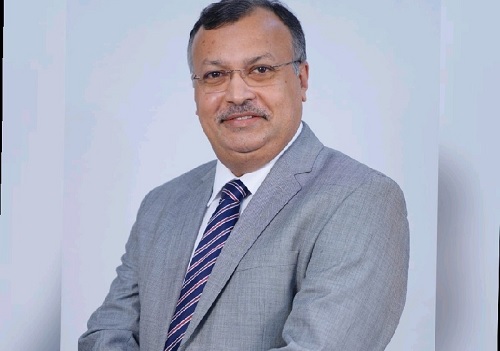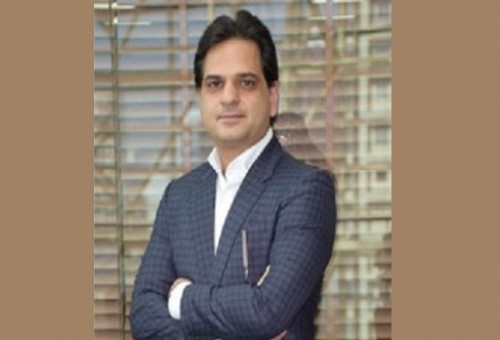The 15 year rule of disruption and EVs By Mr. Vivek Vikram Singh, MD and Group CEO of Sona BLW Precision Forging - Motilal Oswal
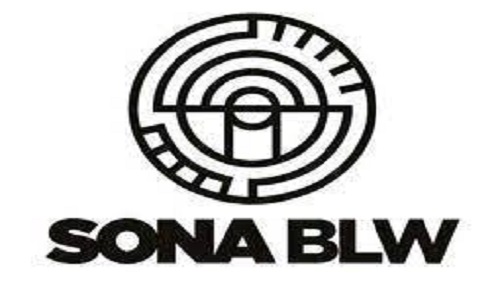
Below are Views On The 15 year rule of disruption and EVs By Mr. Vivek Vikram Singh, MD and Group CEO of Sona BLW Precision Forging - Motilal Oswal
The 15 year rule of disruption and EVs
A cross sector analysis over the last 200 years suggests that any major disruption takes 15 years to play out, by the end of which the new technology decisively overtakes the incumbent technology. The Auto industry has been a beneficiary of such a disruption at the expense of the horse drawn carriage industry in the early 1900s. He said that the Auto industry was at an inflection point for EVs in CY20, and in 15 years (by CY35) ICE engines share in the powertrain will be negligible.
Current products gain from the shift to electrification due to the higher content
Its core products of differential gears and assemblies would remain relevant in EVs and would see a good increase in content. As against ICEs, its content is higher by 1.5-3x/3-10x in Hybrids/BEVs. Its Motor business will see a similar content increase – from starter motors in ICE to 48v BSG for mild-Hybrids to BLDC and PMSM motors in BEV. It already supplies BLDC and PMSM motors and controllers to e-2W and e3W players in India, whereas it is in the motor testing stage for a small PHEV Car.
Electrification strategy focuses on its core strength in both businesses
SONACOMS’ electrification strategy focuses on leveraging its core strength in each of its businesses and approaches the market from both ends (of voltages). The USP of its Driveline business is high torque and high power density products. Hence, it is natural for it to focus on the performance segments of PVs (i.e. 100KW and above). The market for such vehicles currently exists only in the US, EU, and China. It is providing differential gears, differential assemblies, and two types of final drive assemblies to EV manufacturers of 100KW and above in this market. In future, it intends to expand its Driveline product range to cover the small and mid-segment BEV. The core strength of the Motor business has been in producing a lower voltage motor, with high power density and performance. It extended this strength by producing traction motors and controllers for e-2Ws/e-3Ws players, which would be India focused. It has also extensively developed software and power electronics capabilities to develop higher voltage systems like 48v BSG or a 30KW plug-in hybrid motor. Its longer term aim is to get into traction motors for BEVs.
R&D to sustain at 3-4% of sales
Its R&D investment in FY21 (~6% of sales) was on the higher side due to: a) lower revenue (due to the COVID-19 outbreak), and b) couple of big technology projects. It expects organic R&D to sustain at 3-4% of sales (unless some big projects come in).The management said that if one has to capture maximum value and offer the customer the best products, one needs to own the technology. In some areas where it doesn’t have capabilities, it is open to alliances to reduce lead times (like its recent alliance with IRP Israel for a magnet-free motor).
M&A only if it enhances capability
The core guiding principle for M&A is that it shouldn’t risk what they have created so far. Apart from being value attractive, possible M&A needs to meet at least one of the three criteria: a) add to its manufacturing or material capabilities, b) provides electrical or electronic skill sets, or c) accelerate its journey on the stated product roadmap. If any of these M&A targets meets any of the three criteria, it will go ahead with the same.
To Read Complete Report & Disclaimer Click Here
Above views are of the author and not of the website kindly read disclaimer






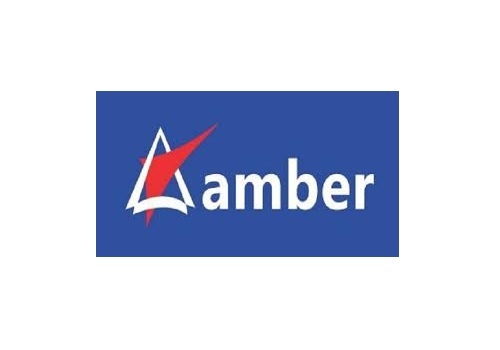
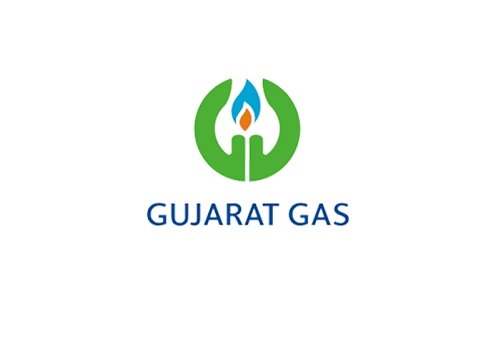


More News

Quote on Gold 19 June 2025 by Jateen Trivedi, VP Research Analyst - Commodity and Currency, ...
